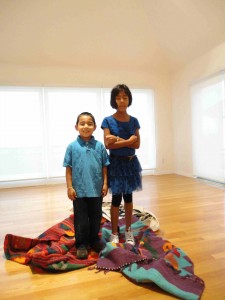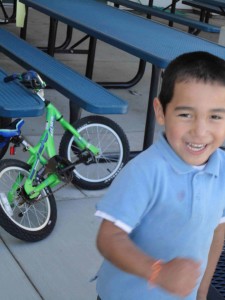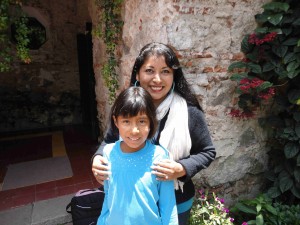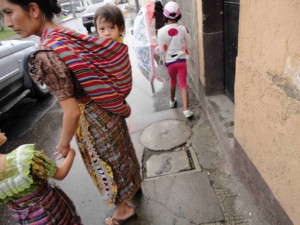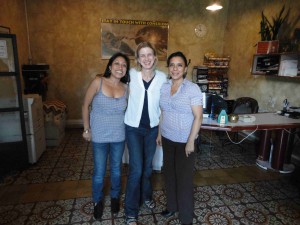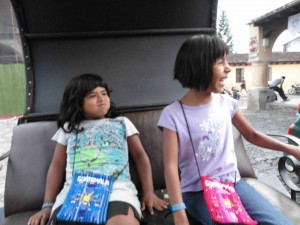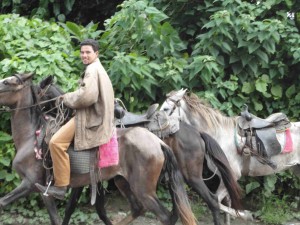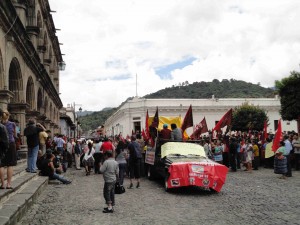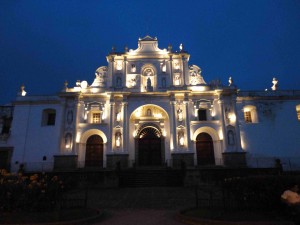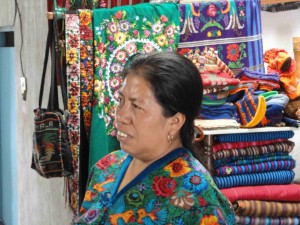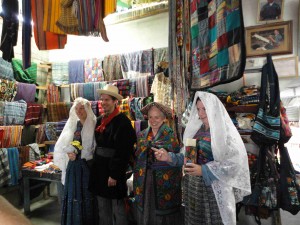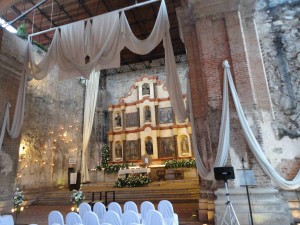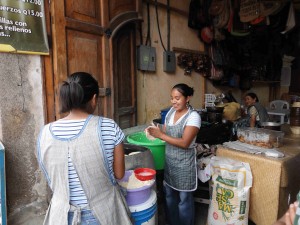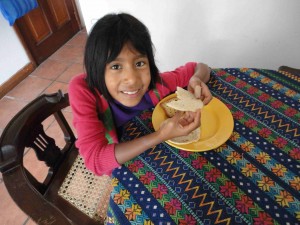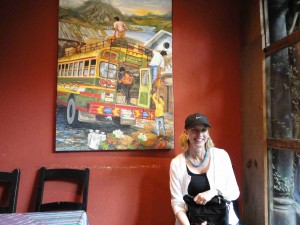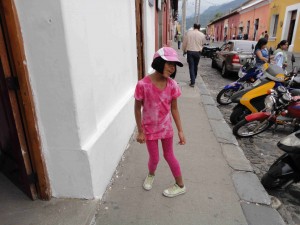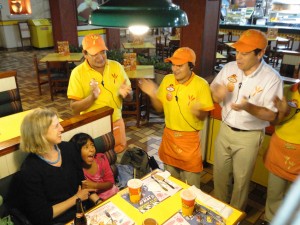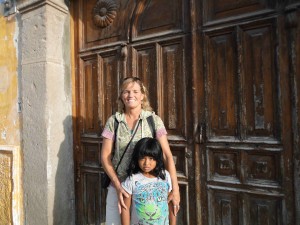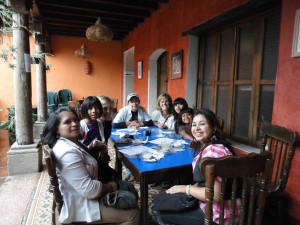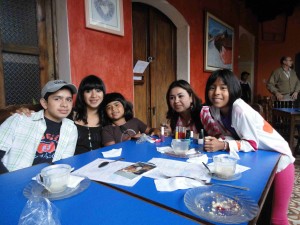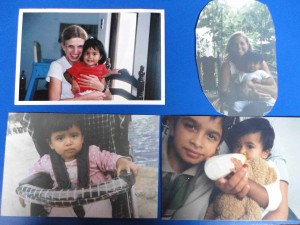I’ve added another venue to my upcoming Mamalita: An Adoption Memoir book tour: Upstart Crow in beautiful downtown San Diego. The date is Wednesday, November 17 at 7 p.m. If you live in the southland, hope to see you there.
I have my bicycling friends to thank for this one: My former neighbor and fellow Crown City Cyclist (a San Diego bike club), Marcia Banks, told another Crown City cyclist, Carola Esquino about Mamalita. Turns out that Carola is a manager at Upstart Crow. This past summer in San Diego, when Tim rode with the club, she offered to chat with me about a possible reading. Long story short, we set the date.
If you haven’t yet been to Upstart Crow, you are in for an idyllic bookstore experience. The place is charming, cozy, and friendly, with excellent coffee, delicious baked goods, and a tremendous selection of books. With validation, you can get two hours of free parking, too–always a bonus in California.
As a former English major, I should have known the origin of “upstart crow,” but, I confess, I didn’t. The term refers to none other than William Shakespeare. In 1592, the university-educated poet and playwright, Robert Greene, called Shakespeare, then an actor and up-and-coming playwright, an “upstart crow,” implying that Shakespeare had no business believing he could write as well as the “university set.” History sure has proven Mr. Greene wrong on that one (“Robert who?”). Read the whole fascinating story on this Shakespeare website.
As a side note: I first heard the name of our daughter, Olivia, in high school, when I played the character from Shakespeare’s Twelfth Night. I’ve loved the name, and Shakespeare, ever since. It’s another reason I’m thrilled to be speaking at Upstart Crow.



 ShareThis
ShareThis